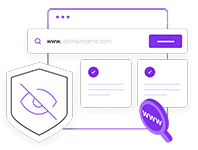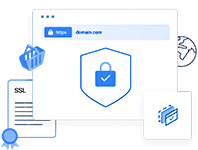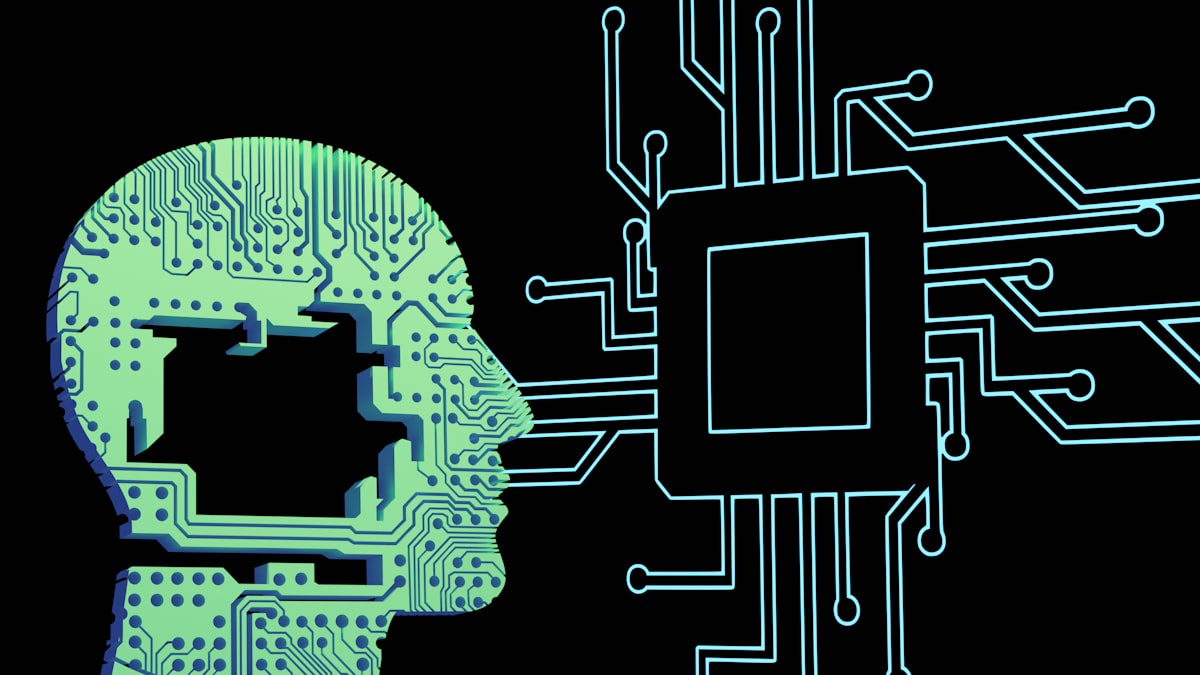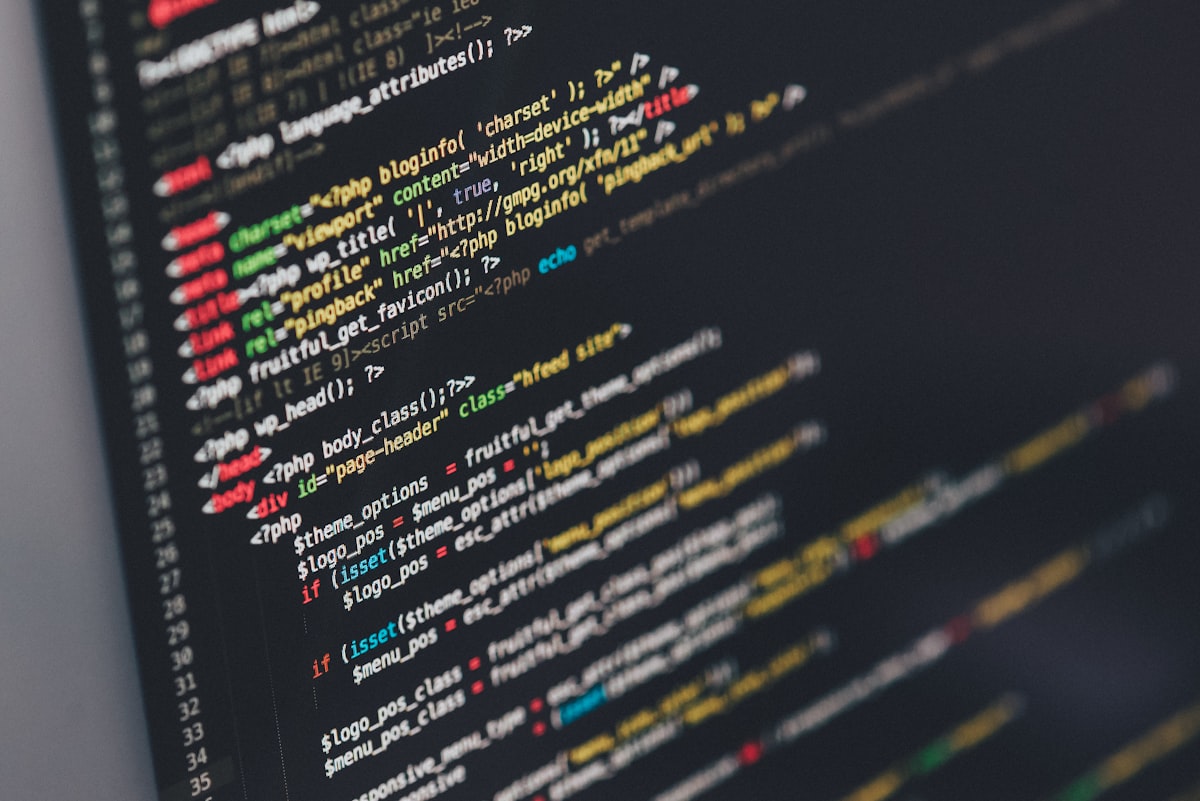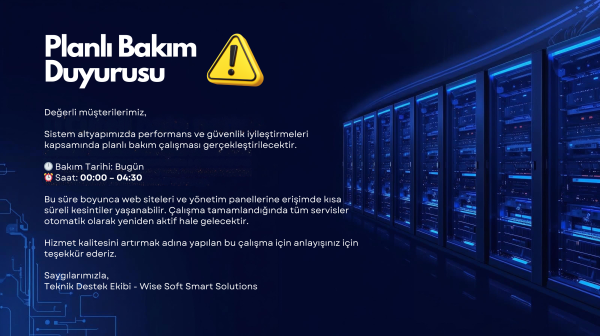Social media, a powerful form of communication using the internet, can provide a strong global presence to corporations. Social media platforms also enable representatives and followers of institutions to have interactions that include information sharing, feedback exchange, and content creation. Fortinet provides recommendations for social media security and privacy.
Social media can increase brand awareness and public engagement. There are many more types of social media, from blogs to photo sharing sites, instant messaging or video sharing portals.
As with almost every new type of technology, social media brings some challenges. The downside for those who use social media is that it can put users at risk because it can open up unsafe avenues or weaken traditional cybersecurity.
In this direction, experts address the risks of lack of social media security for individuals and institutions. It also shares the seven best social media security practices to follow to stay safe from cyber threats.
How does social media affect security?
There are five cyber threats to social media that need to be known and protected:
1) Social Engineering
Social engineering refers to a variety of attacks that take advantage of human interaction and emotions to manipulate a target. This type of attack tries to trick users into giving out sensitive information or compromising corporate security.
A social engineering attack typically involves multiple steps. Cybercriminals search for potential users, gather information about them, and use this newly obtained data to bypass security protocols. The attacker is trying to gain the trust of the user before manipulating them to disclose sensitive information or violate security policies.
In a nutshell, social media makes it easy for a social engineer to naturally interact with a potential user or organization to get information that will help them launch an attack.
2) Phishing
In a phishing attack, which is usually done via an email or an online message, the cybercriminal traps the potential victim/victims by trying to persuade them to click on a malicious link or open a malicious attachment. When the cybercriminal uses social media to engage with his target, it's easier to build the trust needed to get them to click on malicious links or enter sensitive private information into an online form.
3) Malware
There are many different types of malware on social media, including viruses, trojans, spyware, and ransomware. Cybercriminals use malware to gain access to devices and networks to steal data and take control of systems, botnet, crypto theft or damage systems.
4) Brand Identity
Another risk posed by social media is that social engineers try to deceive victims and obtain confidential and valuable information by impersonating a reputable company or brand in order to hack systems and networks.
5) Catfishing (Fake Account)
Catfishing is when a person takes information and images from another person to create a fake identity and then uses that fake ID to victimize that person on a social media platform. The goal is to steal or humiliate a victim, or often both.
Social Media Security Best Practices
Known best practices against social media threats include these seven strategies:
1) Enable MFA (Multi-Factor Authentication)
Multi-factor authentication is a security measure that protects individuals and organizations by requiring users to provide two or more authentication factors to access an application, account, or virtual private network (VPN). Thus, it adds extra layers of security to combat more sophisticated cyber attacks even after credentials or identities are stolen, exposed or sold by third parties.
2) Do not reuse the same passwords
Use a different password for each account. This prevents easy access to other accounts when one account is hacked. Use a password management tool to keep track of various passwords. Make sure that passwords are not easy to guess.
3) Update security settings on platforms regularly
Understand and control the security options on social media platforms very well; make sure they are always up to date and set at the strictest level.
4) Refine your connections to reduce unknown threats
Be discriminatory about the types of people and institutions you connect with on social media platforms. Carefully review each link and don't link to accounts that look suspicious.
5) Follow security risks from social media
Follow threat news on specific social media platforms and act accordingly. If you find out about security vulnerabilities or hacking incidents, check your accounts and take action against any issues that could lead to cyber attackers' interventions.
6) Learn how to do a phishing attack
Be active about it and learn about new phishing attacks around you and educate yourself. Always be skeptical when someone reaches out to you uninvited via a social media platform or email.
7) Beware of account scams
Beware of attempts to impersonate the brand. Report violations to social media platform administrators and notify your followers as well.
Makalemizle iİlgili Görüşlerini Belirtebilirsin
